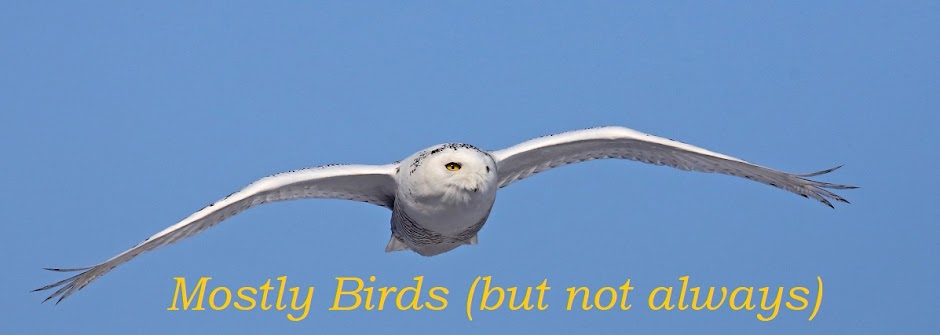Last November, when I had Wayne County's first ever Rufous Hummingbird in my yard I had several local birders stop by to see it. One gentleman who came by was 90 year-old Tex Wells. Tex has been one of the top state listers yearly since at least the late 1970's. A state lister is a birder who tries to see as many species of birds in the state in a calendar year. Here is a link to Scott Jennex's compilation of state and county lister records. 21th Annual Bird Compilation 2011 On page 23 of the document you'll find the annual State Big Year Records. Tex has been in the top 3 state listers every year except 1992.
So why am I name dropping Tex Wells( besides trying get people to read my blog)? While talking to him in my yard last November, he asked if I had ever had a Yellow-throated Warbler in my Sycamore trees. I told him that I hadn't and he explained that they are sometimes called the Sycamore Warbler for their fondness of that tree species. Fast forward five and a half months later and what do you know? A Yellow-throated Warbler shows up in one of my Sycamores. It stuck around for only a minute but long enough for me to get some halfway decent photos of it.
Yellow-throated Warbler is now species 117 on my backyard list.








